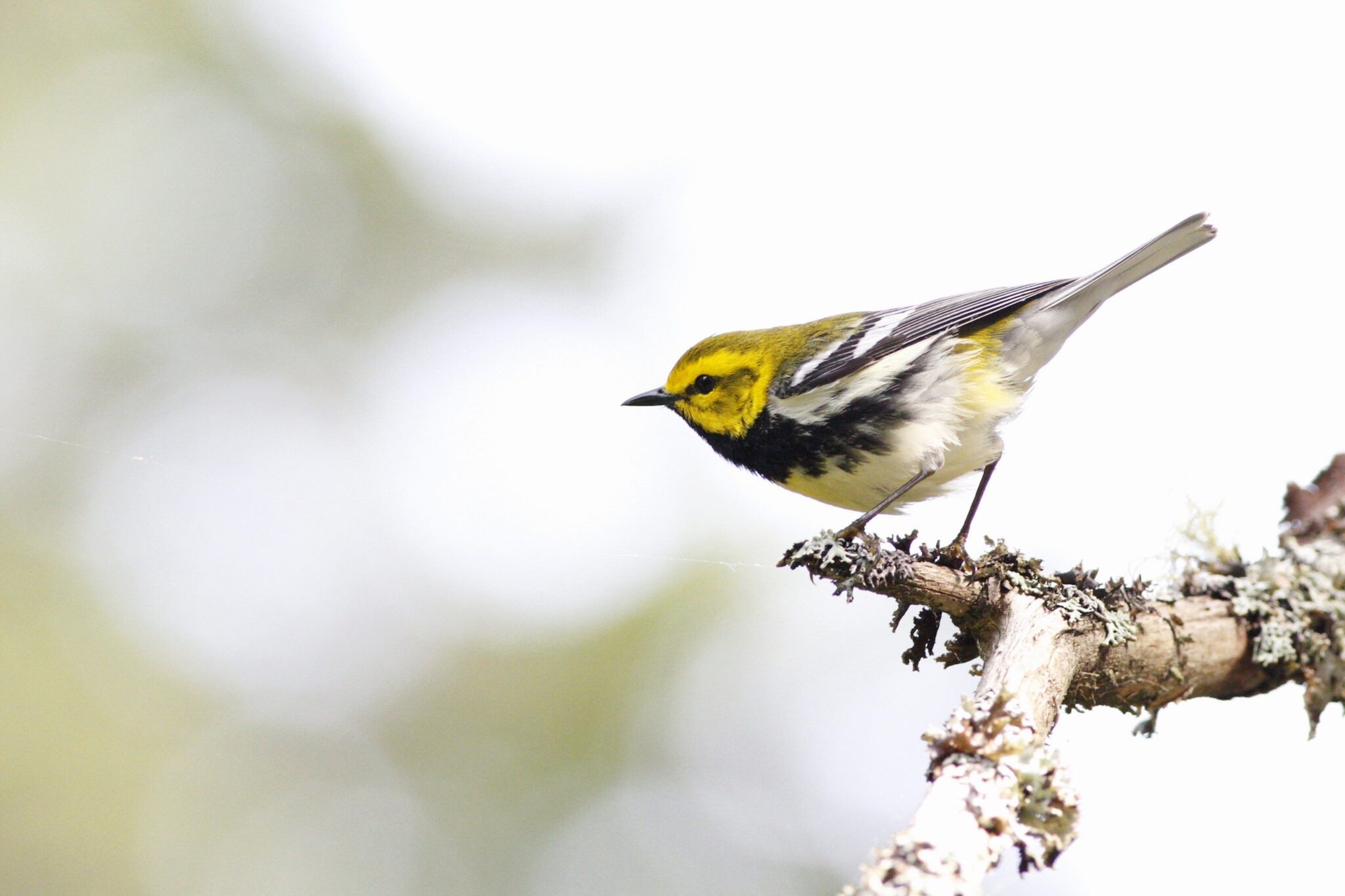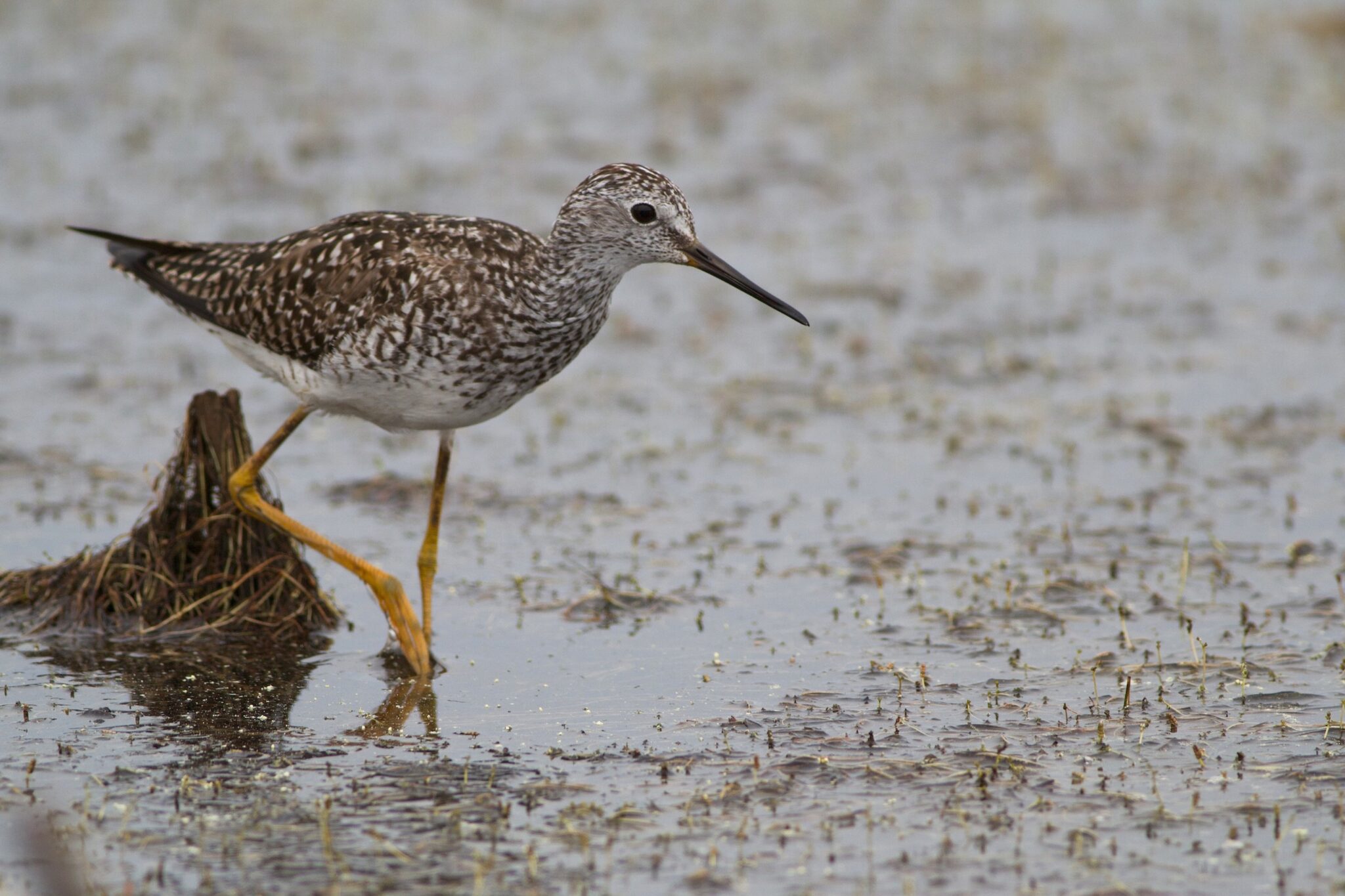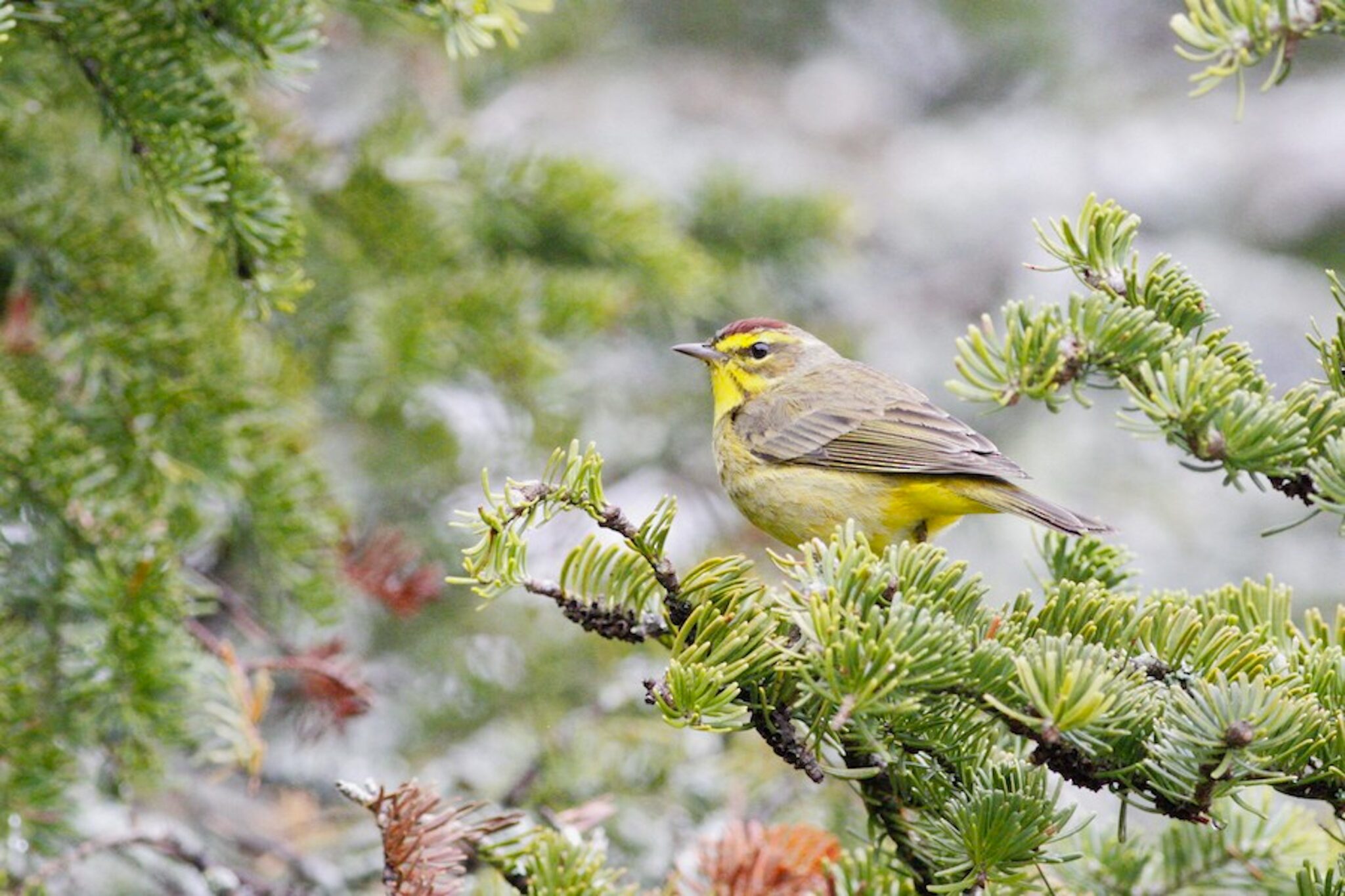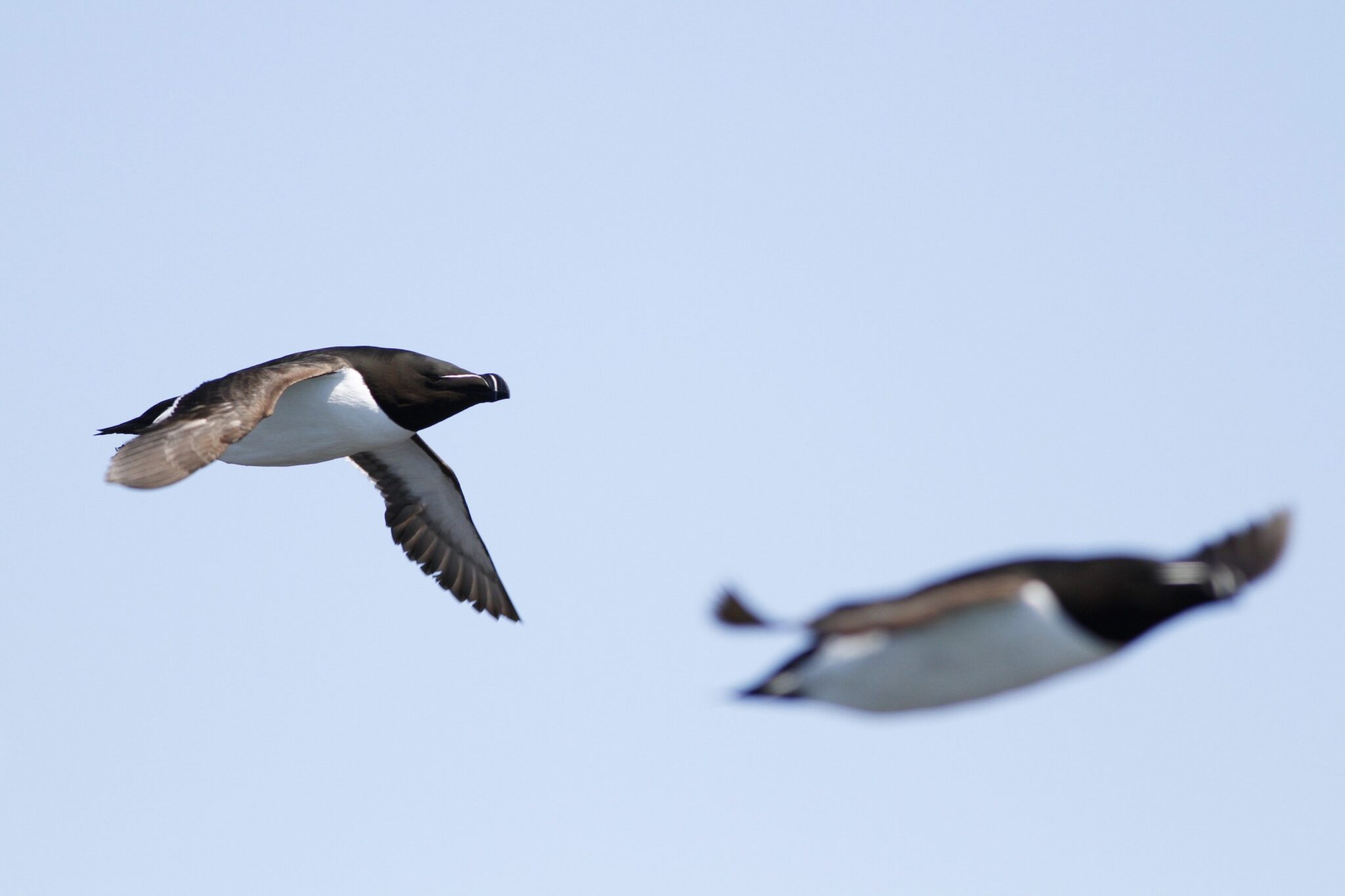story + photos by Kyle Lima
This Saturday, May 10th, is World Migratory Bird Day. Migration is a truly impressive feat that thousands of birds embark on twice each year. It’s miraculous that a single bird, take this Black-throated Green Warbler for example, can fly from Central America where it spends the winter, all the way to Acadia and beyond where it will find a mate and breed, only to do this in reverse later the same year. If you consider all the encounters with predators like Sharp-shinned Hawks, storms pouring down buckets of rain and producing high winds, and buildings, lights, cars, and cats, one single spring migration is a journey more difficult and dangerous than most of us will ever experience. And yet, birds are doing this twice a year, every year of their life.

Spring migration is probably my favorite “season.” Getting to experience the coming and going of some species—like this Lesser Yellowlegs which breeds in the transition zone from boreal forest to tundra—as other species arrive and stay for the entire summer provides a small glimpse into their world at one point along their path. Hearing the first Palm and Yellow-rumped Warblers singing marks the beginning of the forest chorus coming alive. For the next couple of months, birds will be singing everywhere, looking for mates, defending their territory, and communicating with their partners.


As you pay attention to this phenomenon each year, like we do at Schoodic Institute, you may very well start to notice changes. Since 2016, Schoodic Institute Bird Ecology Director Seth Benz has been leading a daily migration monitoring project called the Schoodic Point Sea Watch. Each fall, a trained observer counts migrating seabirds at Schoodic Point, recording which species are passing by and how many of them there are. Recently, we have been analyzing these data to see if there are changes occurring in the seabird populations that migrate past Acadia National Park. While still preliminary, we have found that seabirds like these Razorbills are migrating later each year. In 2024 the peak migration date was 11 days later than it was in 2016. That’s a big change!

While we don’t have definitive answers as to why seabirds are migrating later and it is likely a combination of many factors, changes in climate are certainly a major driver. Climate change has led to longer periods of suitable conditions on seabird breeding grounds. There are concerns that this trend could lead to mismatches, for example in the timing of available food during migration or altered migration paths. Some individuals are not even migrating at all, and the impacts are unclear. In order to take action, we first need to detect and understand changes, which is why monitoring like the Schoodic Point Sea Watch is so important.
Migration is a spectacle of nature occurring all around us right now! For World Migratory Bird Day this year, I hope you make some time to get outside and watch some of these amazing birds as they continue on their spring migration. May 10th is also Cornell Lab’s Global Big Day, so if you want to get involved and help create positive change, consider submitting your observations to eBird to help inform science and build products like those migration maps and much more. Also, as this year’s World Migratory Bird Day theme highlights, we need to work together to build a more bird-friendly community. Check out the U.S. Fish and Wildlife Service’s post for some great tips on how you can help build bird-friendly cities and communities near you!
